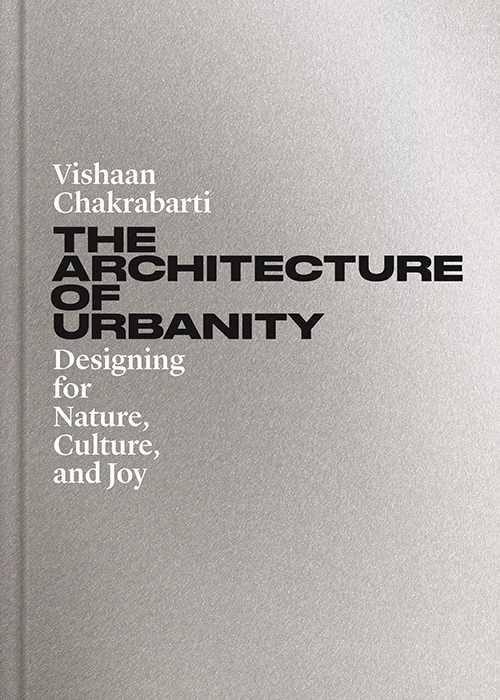
(Princeton University Press)
By the year 2100, the global population is predicted to be 10 billion, 2 billion more than now. To house both these coming multitudes and the billions who are unhoused and under-housed today, an estimated 2.4 trillion square feet of new space will be needed—the equivalent of building an additional New York City every month for 40 years.
Architect Vishaan Chakrabarti, a former director of city planning for Manhattan, sees this as an opportunity to build a more ecologically healthy and equitable world centered on well-designed communities with new forms of affordable, sustainable housing. Drawing from his latest book, Chakrabarti says that caring for the character and culture of communities can be the key to solving urgent global and political challenges. He also delves into architecture’s relationship to history’s greatest social, technological, and environmental dilemmas.
Chakrabarti believes that designers, policymakers, and concerned citizens can together forge bonds across society to help deal with issues such as global warming, social and racial division, and local land-use battles. Tapping the work of architects worldwide as well as his own, he explores why urbanity—which he defines as a community inhabited by people from many different cultures and classes who spatially interact—is vital to a world in crisis and how it can be relevant in small villages, academic campuses, refugee camps, and cities of all sizes; how daily car use is hurting the climate and our collective culture; and how urbanity would be best supported by better, more affordable forms of transit-based community housing.
Chakrabarti’s new book, The Architecture of Urbanity: Designing for Nature, Culture, and Joy (Princeton University Press), is available for purchase.
Book Sale Information
General Information